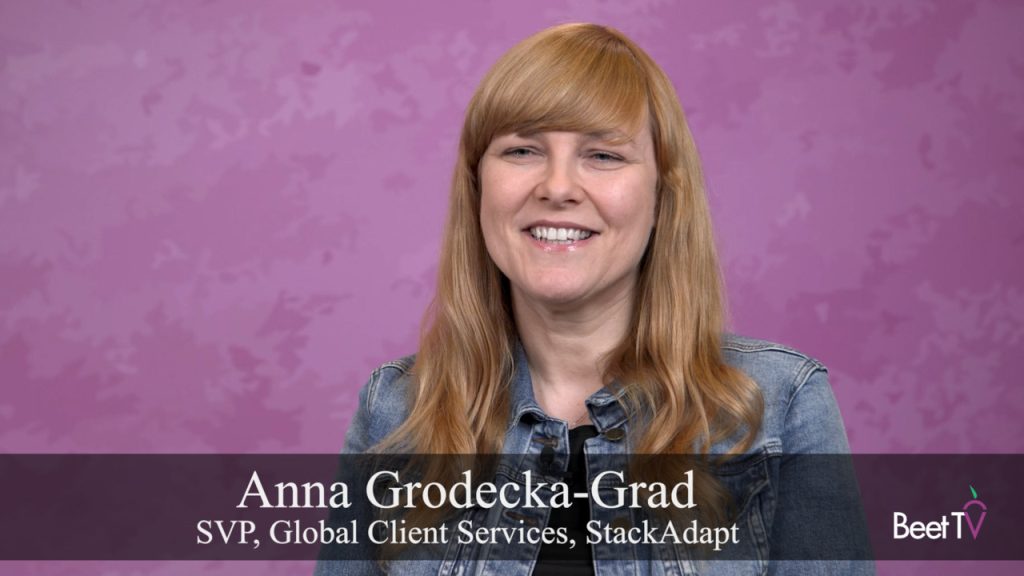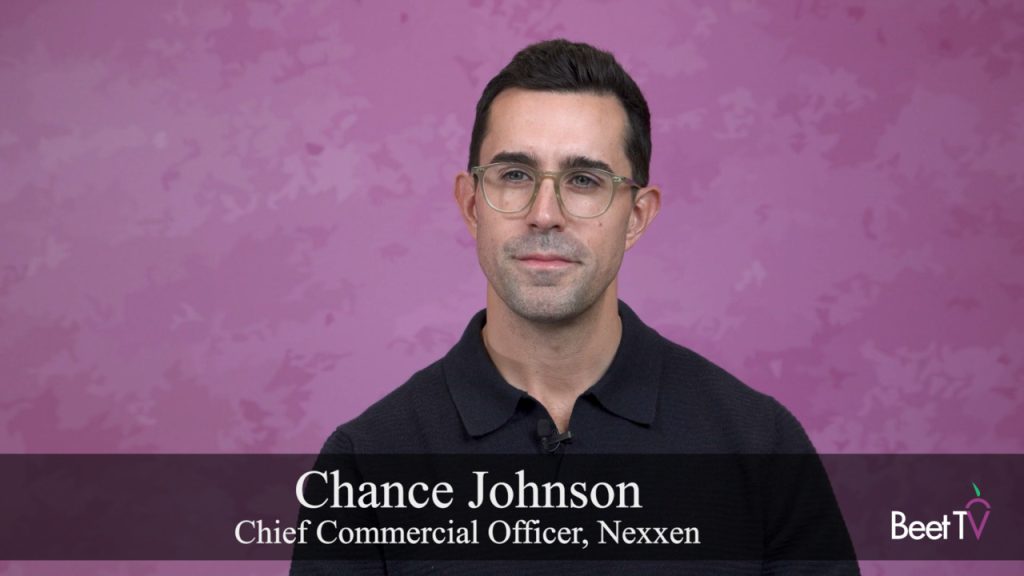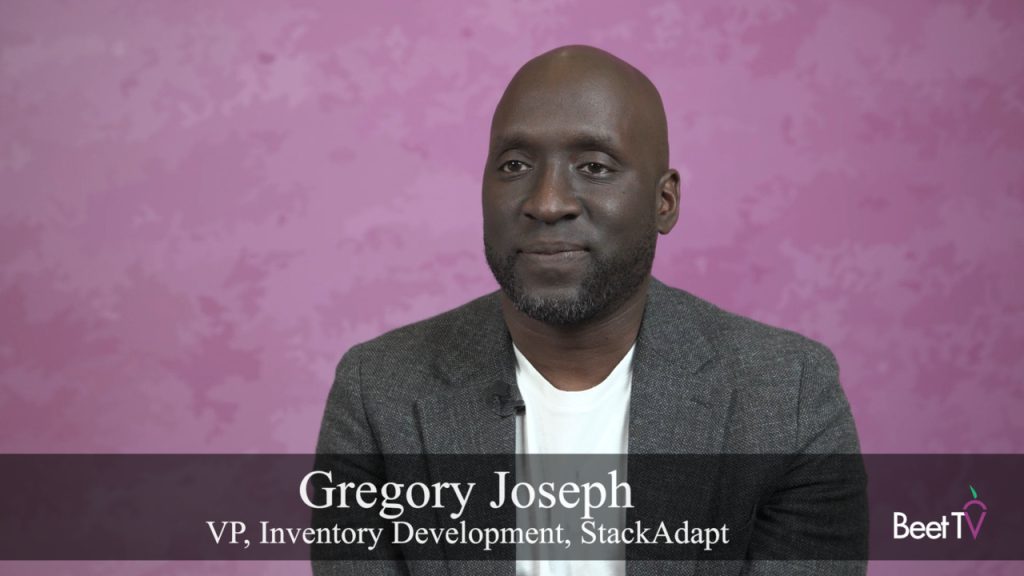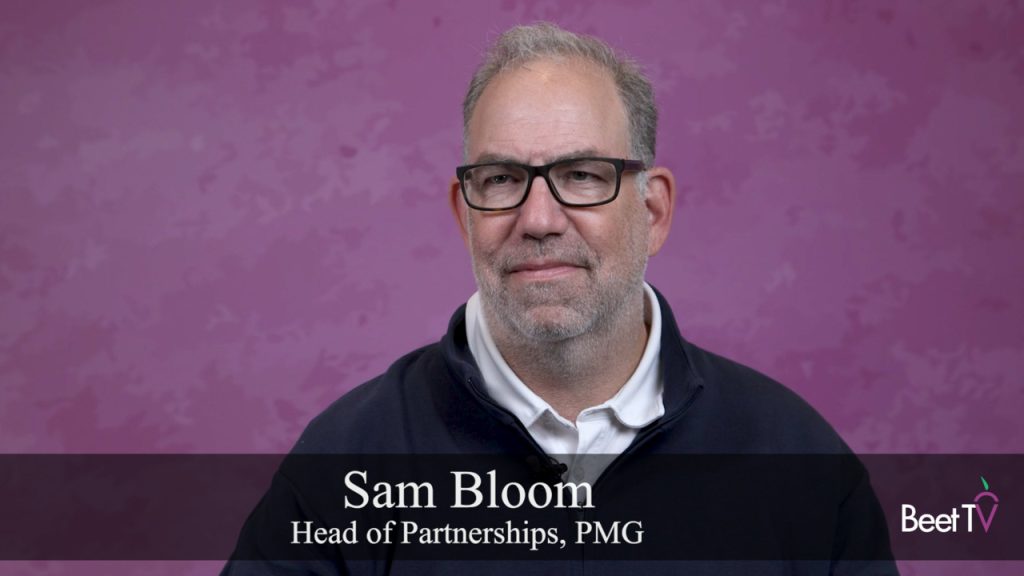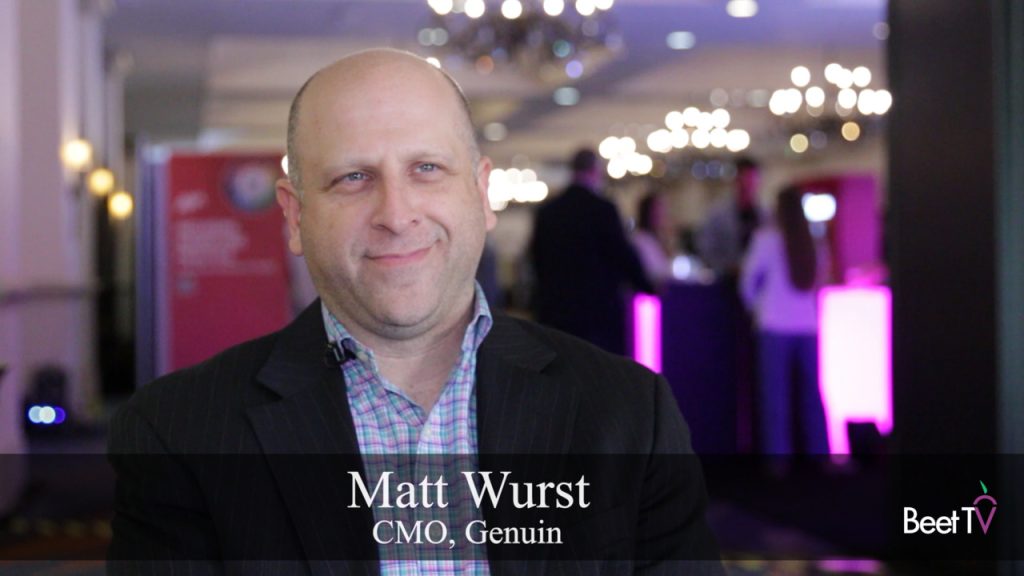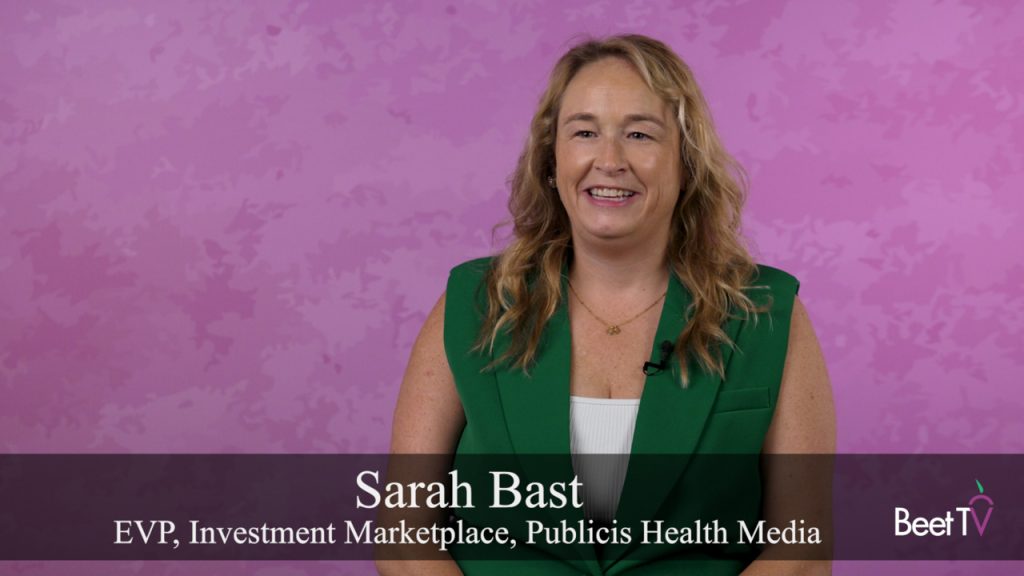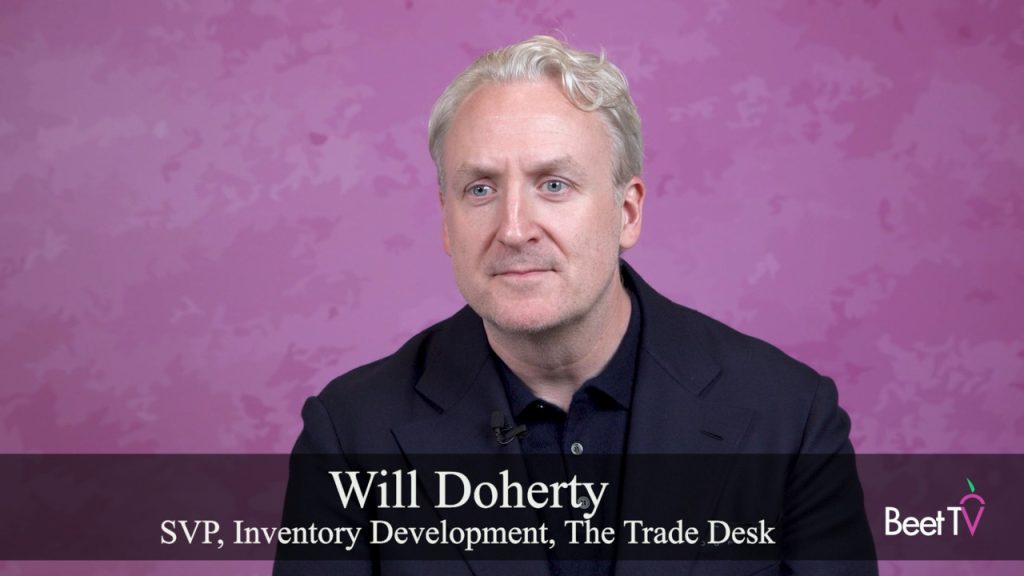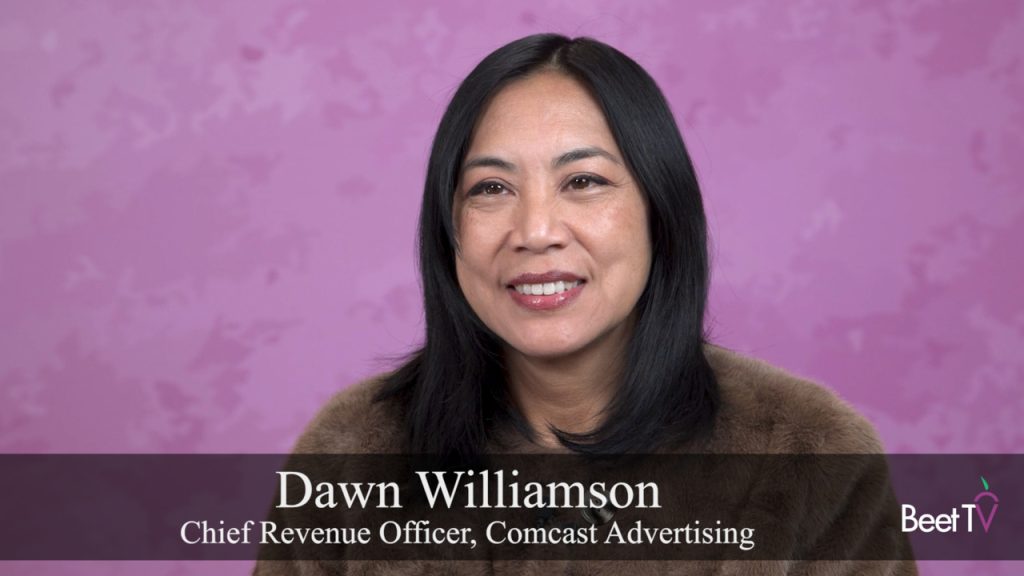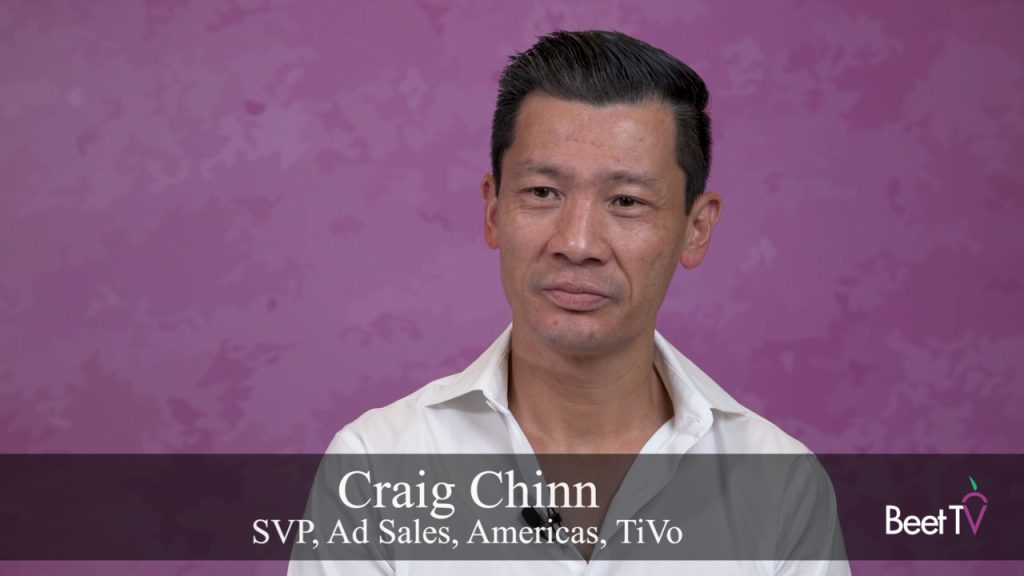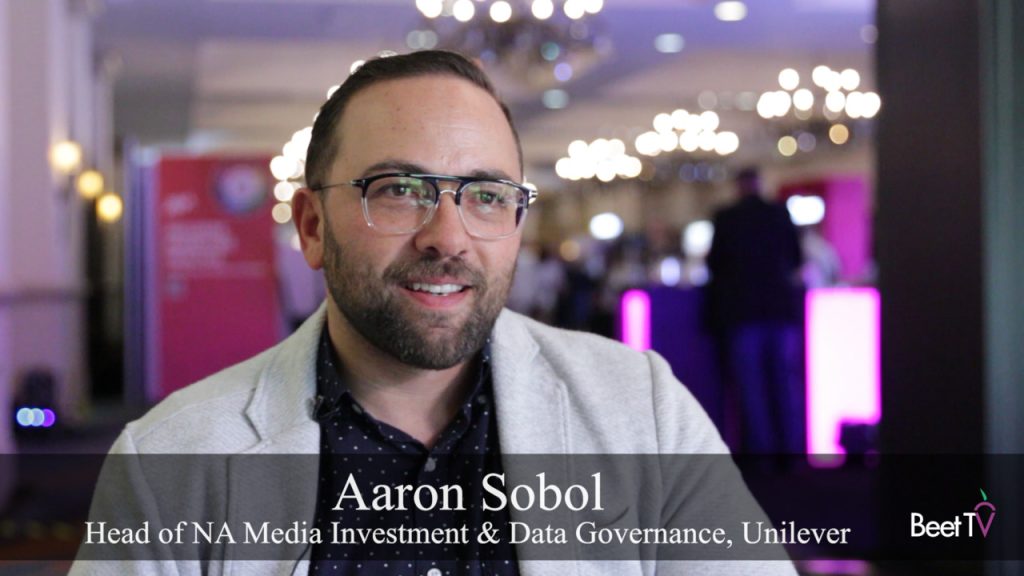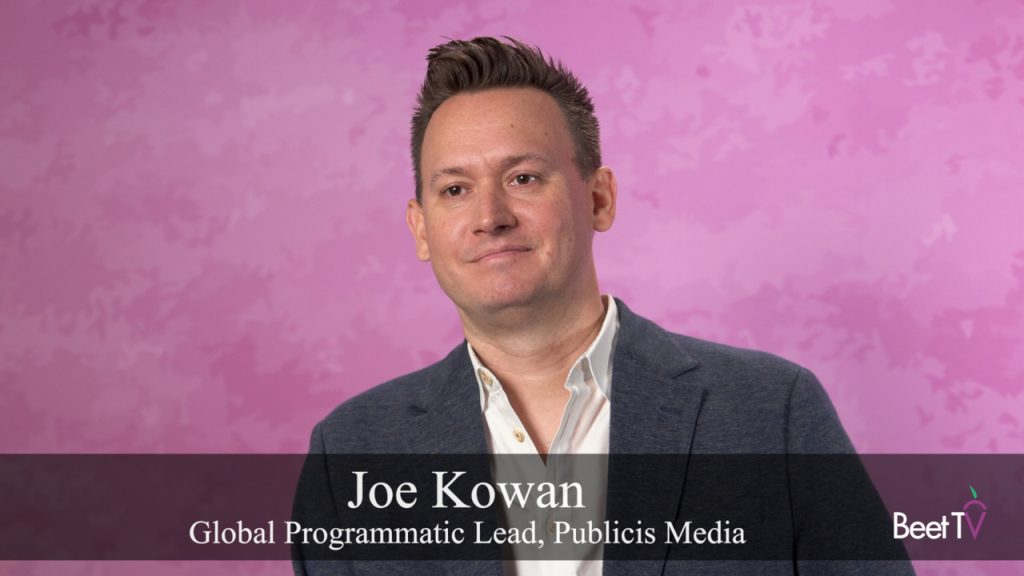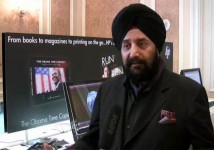
HP, the world's leading personal computer maker, is developing applications for its TouchSmart line of computers, including one for publishers which allows content to be browsed by touch.
The application, created with Adobe AIR, was first introduced with the Time magazine, for the Time 100 issue. HP is in discussions with several other publishers to implement this, we are told.
Last month at the at the D: All Things Digital conference, I had a chat with HP's Satjiv Chahil, senior vice president for marketing. He shared a demo that he calls the "newsstand of the future."
News Update from HP: Today it announced a touch screen printer.
Andy Plesser, Executive Producer
Video Transcript
Satjiv Chahil: The publishing companies greet customers for us. The journalists and writers are customers of ours, so our intent is not to get into that business, but to enhance the reach of their content and the relevance of the content. In their success lies our success.
In the past we placed the usual print ads or television ads in what was called "old media," however our audience and customers today prefer to get today information online. And so the relevance of old media for us as advertisers is getting less and less, and yet we have respect for the content and for the brands. So what we did, a test with Time Magazine, their largest selling issue is called Time 100, which celebrates and honors the hundred most influential people around the world. What we did is we agreed to place ads in there on the condition that they would carry content of Time Magazine. So the ads would be relevant and they would again be projected into the new media world online, but with the same quality of imagry, typography, and editorial, as in the main magazine. So we partnered with Adobe and created an application that brought this to life and now I'd love to show you the magazine's print ad and how it articulated on the computer screen.
This product is a television set, it's a high def. dvd player, it's a music jukebox, and it is a computer with all the usual computer capabilities, including video Skype. But the touch capability also turns it into a newstand of the future. So what you see is the product a screenshot, but within the screen you see Time Inc.'s content, in this case talking about the Time 100 Magazine. So here's exactly what you saw in the print ad reflected on the screen here. And just as the ad demonstrates, I can touch it and you see the honorees. So here you see the media just the way it was in the print magazine portrayed: the same photography, typography, the same content. What you can also do as you click here is you can link back to all the previous articles written about them.
If you click here, you see a photographic image of people around the globe and again you click, you see Tom Hanks' article written by Meg Ryan, and so you have the content of old media and the beauty of old media, but made accesible with my fingers as easily. When I go back to the globe I can also navigate back over the years to see the honorees. So I've extended the reach of this magazine to the previous issues by the categories that people are honored in.
Andy Plesser: So tell me where this thing can go and, and other implementations that we might expect.
Satjiv Chahil: I think this should be the next wave of the way advertising is created and how its reach is extended to customers, giving them a choice of accessing the information in any format they want.
Andy Plesser: So who are you…you're selling this, then, to publishers or how does HP work? What's HP's role in the ecosystem of publishing?
Satjiv Chahil: And so we, we in a way partner with them. We place ads the way we did, but now with an online link, so it extends the reach. So we can have that content and that advertisement reach a wider audience of people; so both our purposes are served: the audience is built for the magazines and our ads reach larger viewership.







